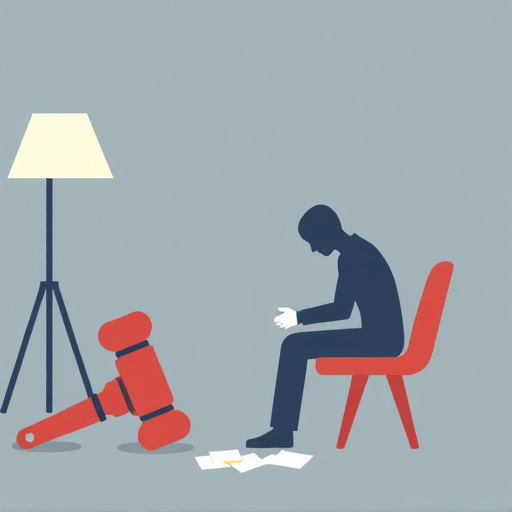Herniated disc treatment timelines vary based on injury severity, age, location, and chosen method—from weeks for mild cases to months for severe tears. Initial conservative treatments include rest, physical therapy, and medication. If symptoms persist, epidural injections or surgery may be required, followed by rehabilitation. Regular check-ins with healthcare providers are crucial for tracking progress and adjusting care plans. New symptoms or sudden worsening require immediate specialist consultation.
A herniated disc can be a debilitating condition, but understanding the recovery timeline is crucial for effective healing. This article delves into the factors that determine how long it takes for a herniated disc to heal, offering insights into the varying timelines of treatment. We explore what influences recovery duration and provide guidance on tracking progress. Learn about the signs to watch for and when to seek professional assistance for optimal herniated disc treatment outcomes.
- Understanding Herniated Disc Treatment Timelines
- Factors Influencing Recovery Duration
- Tracking Progress and Knowing When to Seek Help
Understanding Herniated Disc Treatment Timelines

Understanding Herniated Disc Treatment Timelines
The duration of herniated disc treatment varies based on several factors, including the severity of the herniation, the specific symptoms experienced, and individual patient recovery rates. In general, initial stages of care often involve conservative treatments like rest, physical therapy, and over-the-counter pain relievers. These methods aim to provide joint pain relief and promote muscle recovery. If symptoms persist or worsen despite these initial efforts, further interventions may be required.
For some patients, herniated disc treatment might progress to include epidural steroid injections for sciatica treatment or, in more severe cases, surgical intervention. Post-operative care includes a period of rest and rehabilitation, which can span several weeks to months. It’s crucial to remember that every patient’s journey is unique, and healthcare professionals tailor recovery timelines accordingly to ensure the best possible outcome.
Factors Influencing Recovery Duration

The duration of recovery from a herniated disc varies greatly depending on several factors. The type and severity of the herniation play a significant role; a mild bulge might heal in weeks, while a more severe tear could take months. Age is another critical factor; younger individuals tend to recover faster due to better regenerative capabilities compared to older adults. The location of the herniated disc matters too; lower back injuries often respond differently than neck or mid-back issues.
Additionally, the chosen herniated disc treatment method influences recovery time. Non-invasive treatments like physical therapy and medication can lead to quicker improvements for some, while more intensive rehab services may be required for complex cases. Some patients also opt for alternative therapies like shockwave therapy, which has shown promise in accelerating healing. However, it’s important to consult healthcare professionals for personalized advice based on individual health profiles.
Tracking Progress and Knowing When to Seek Help

Tracking your progress is an essential part of herniated disc treatment. Regular check-ins with your healthcare provider allow for a comprehensive evaluation of your condition, enabling them to adjust the care plan accordingly. This process involves monitoring symptoms like pain levels, numbness, or weakness in the affected areas. It’s crucial to maintain open communication and report any concerning changes or persistent issues.
Knowing when to seek additional help is vital. If your pain persists despite initial treatments, such as physical therapy or medication, it may be time to consider more advanced options like shockwave therapy for pain. Moreover, if you experience new symptoms or a sudden worsening of existing ones—especially after a car accident injury care—promptly consult a specialist, as these could indicate complications that require immediate attention and specialized sciatica treatment.
Herniated disc recovery times vary greatly depending on individual factors and the severity of the condition. Understanding these timelines, being aware of influencing factors, and tracking progress are essential for a successful recovery from herniated disc treatment. While it’s important to have patience, consistently following your healthcare provider’s advice and seeking help when necessary will ensure you’re on the right path to healing. Remember, each person’s journey is unique, and with proper care, many individuals experience significant improvements in their quality of life after herniated disc treatment.














